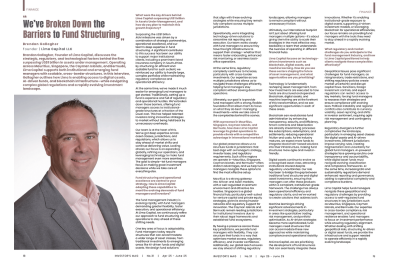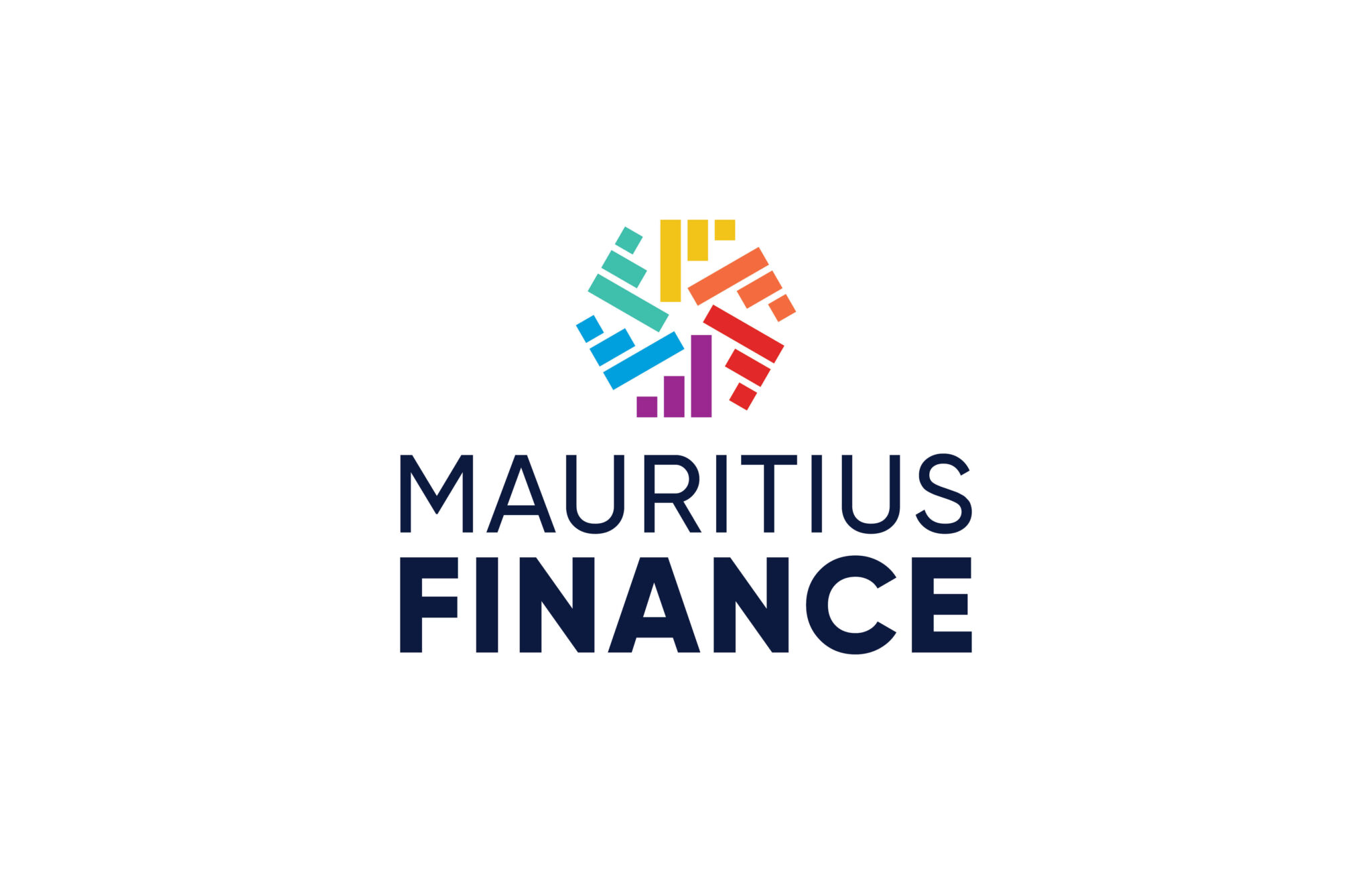Starting your own mutual fund represents a remarkable milestone for many astute investors. Navigating the journey to make this endeavor a reality may appear challenging, and for first-time fund creators, it can even seem daunting due to various operational complexities. We at Lima are here to guide you through this journey, by providing you detailed insights into the key aspects of mutual fund formation and highlight five crucial steps towards launching your own fund.
Deep Dive into Mutual Funds
Mutual funds serve as collective investment schemes, pooling resources from a variety of investors to establish a diversified portfolio that may comprise of multiple asset classes. These could range from stocks and bonds to exchange traded funds and alternative investments including digital assets and private equity. The responsibility of managing these funds lies with professional fund managers, or investment companies who utilise their market expertise to generate targeted returns, with a defined risk tolerance.
As an investor in a mutual fund, you become a shareholder. Essentially, you own a portion of the fund’s holdings proportionate to your investment. This provides an opportunity for small or individual investors to participate in diversified portfolios which would otherwise be beyond their financial reach. Mutual funds are highly varied in their investment focus, catering to a wide array of investment objectives and risk tolerance levels. From fixed-income or bond funds to equity funds and balanced or hybrid funds, the mutual fund industry has something to suit everyone’s investment palate.
Mutual funds generate revenue through several channels, the prominent ones being charging investors management fees, earning capital gains on their investments, and distributing dividends from income-generating assets within the portfolio. Each of these elements contributes to the fund’s overall profitability and forms the foundation for investor returns.
Strategic Business Planning
The foundation of setting up a mutual fund lies in meticulous planning, accurate cost-benefit analysis, and unwavering adherence to the regulatory framework governing mutual funds. A well-formulated and detailed business plan is instrumental in minimising risks and mitigating potential failures.
This strategic roadmap forms the first impression for early stakeholders, such as seed investors and regulatory bodies, who base their assessment of the venture’s viability and potential for continuity on this plan. It encompasses elements like sourcing funding, the process for developing a credible track record, locating potential investors, and effective cost management.
Moreover, it’s worth mentioning that managing costs doesn’t necessarily mean compromising on quality or efficiency. The initial stages of your mutual fund venture may benefit from frugality where feasible. This could entail leveraging outsourcing for non-core activities, using free advice from industry experts, or even leasing rather than outright purchasing office space or equipment.
Another strategic move to reduce financial risks involves sharing risks with suppliers and hiring personnel with prior industry experience and market understanding. Careful financial planning, coupled with a comprehensive understanding of the mutual fund industry, can significantly boost your fund’s chances of success. If you’re seeking detailed guidance on setting up a comprehensive business plan for your fund, Lima Capital LLC offers valuable insights and a methodical approach to this critical process.
Establishing the Fund Structure
Determining the legal structure of your mutual fund is another pivotal step. The most common legal forms that mutual funds adopt are protected cell companies (PCC), segregated portfolio companies (SPC) and Variable Capital Companies (VCC). As the founder of your mutual fund, you will serve as the investment advisor who will advise us (Lima Capital LLC) as the investment manager, thereby empowering you to make investment decisions on behalf of the fund, within the corporate governance boundaries stipulated by the board of directors.
Investors, contribute capital to the fund but do not participate in decision-making. Their losses, if any, are limited to their investment in the fund. Given the legal intricacies and regulatory compliances involved, it is prudent to engage an experienced legal professional. They can assist in drafting key legal documents, such as a private placement memorandum, limited partnership agreement, or articles of association, which form the legal backbone of your mutual fund and outline the terms, responsibilities, and the legal framework governing your fund’s operation.
Creating a Fair Fee Structure
Establishing a fair and competitive fee structure is a critical aspect of your mutual fund that merits serious consideration. This structure typically encompasses management fees, carried interest, and performance fees, often with performance hurdles. Management fees are usually a fixed percentage of the total assets under management and are used to cover the fund’s operational expenses.
Carried interest represents a share in the fund’s profits that the investment manager receives, providing a strong incentive for the manager to generate higher returns. Performance fees are fees paid to the investment manager once a predefined return level, that the fund aims to achieve, is exceeded. When designing the fee structure, ensure it aligns with industry standards and meets the needs of both the fund and its investors.
Engaging legal and compliance professionals can help to not only define a fee structure that complies with industry best practices and regulatory guidelines but also implement them effectively. This goes a long way in enhancing investor confidence and ensuring the transparent operation of your mutual fund.
Capital Raising and Investor Engagement
Raising capital is a critical phase in your mutual fund journey. Preparing a comprehensive suite of documentation, including an offering memorandum, subscription agreements, partnership terms, custodial agreements, and due diligence questionnaires, is essential at this stage. These documents provide necessary information about the fund’s investment strategy, terms, and risks to prospective investors.
Develop compelling marketing materials to effectively convey the benefits, objectives, and unique selling points of your fund. Remember, mutual funds typically target a wide range of investors, from individual retail investors to sophisticated institutional investors. Tailoring your marketing materials to attract and engage this diverse audience can significantly enhance your capital raising efforts.
As the investment advisor, you might also be expected to invest your own capital into the fund. This personal investment, generally around 1% to 3% of the total capital commitments, demonstrates your commitment and confidence in the fund, boosting investor confidence.
Ensuring Operational Efficiency
Ensuring operational efficiency is another critical factor that can significantly influence the success of your mutual fund. This involves setting up a proficient core team with domain expertise in investment, operations, and marketing. In addition, control and manage costs associated with legal and regulatory compliance, office space, insurance, payroll, accounting, branding, and travel.
Collaborating with trusted partners for fund operations, such as Lima Capital, can greatly enhance the efficiency of middle and back-office operations, allowing your core team to focus on investment management and strategic decision-making.
In essence, launching your own mutual fund is an exciting and rewarding endeavor. However, it requires detailed planning, adherence to regulatory compliance, a keen understanding of the market, and a strategic approach towards fund operations and capital raising.
By following the steps outlined in this guide, you can set the stage for the successful launch of your mutual fund. So, if you’re on the brink of realising your dream of launching a mutual fund, connect with us. Our team of seasoned professionals at Lima Capital are ready to assist with regulatory compliance, operational infrastructure, or fund structuring.








